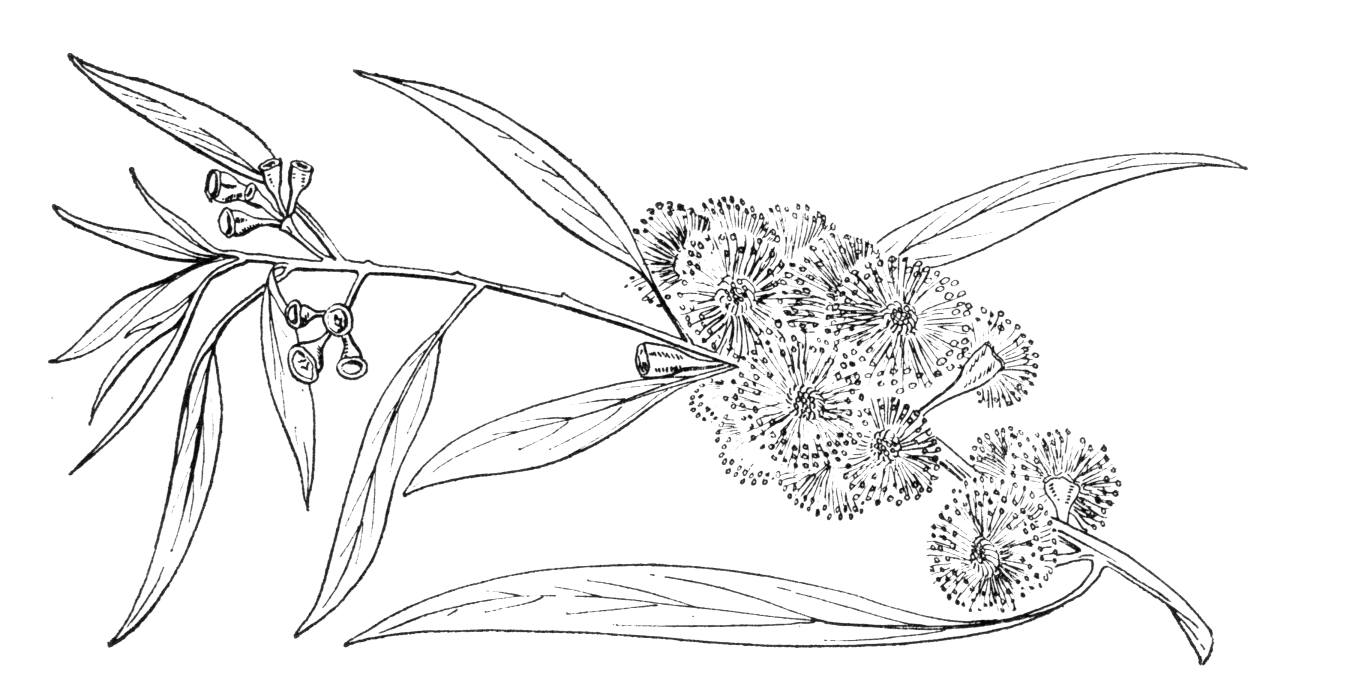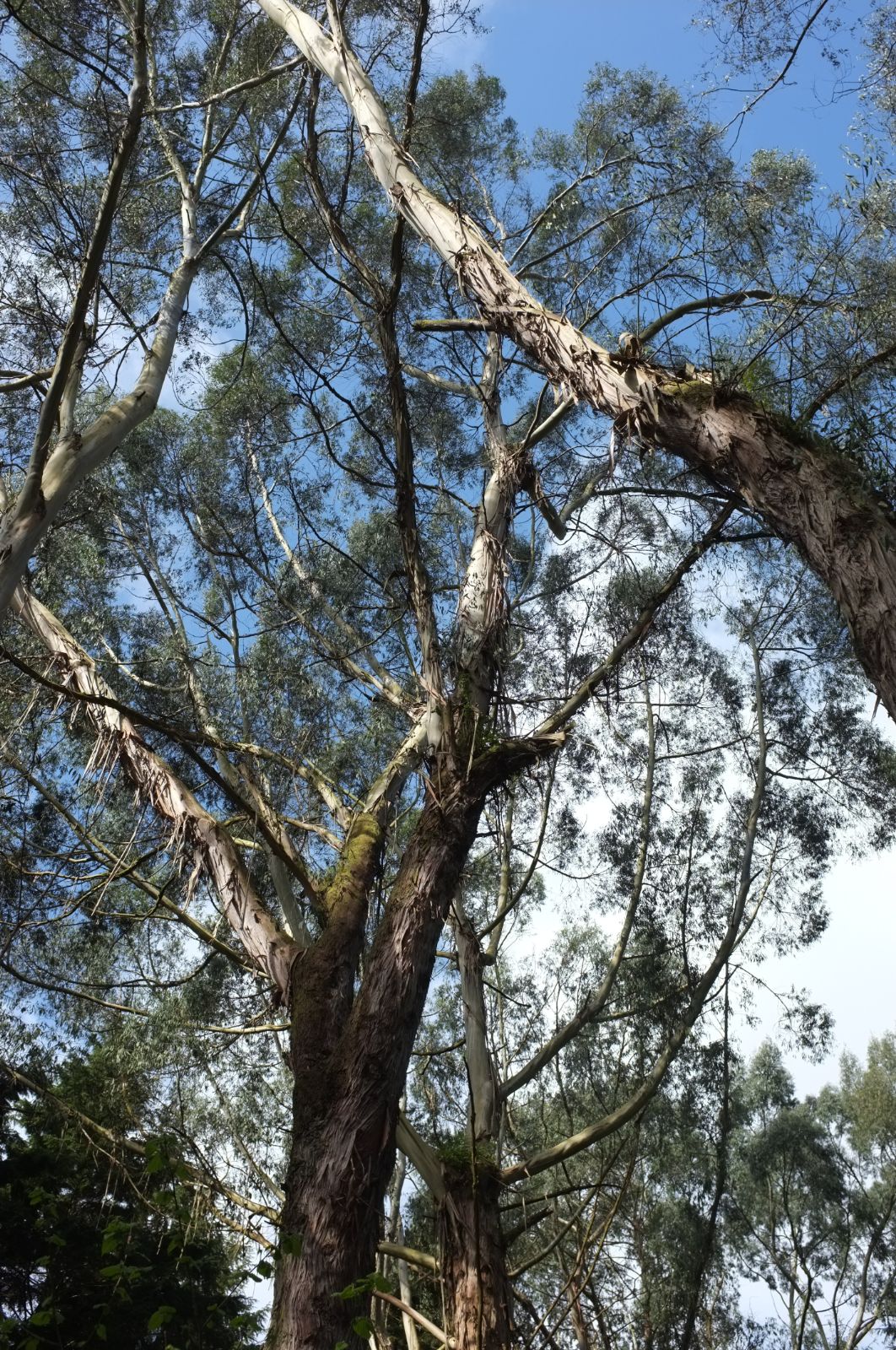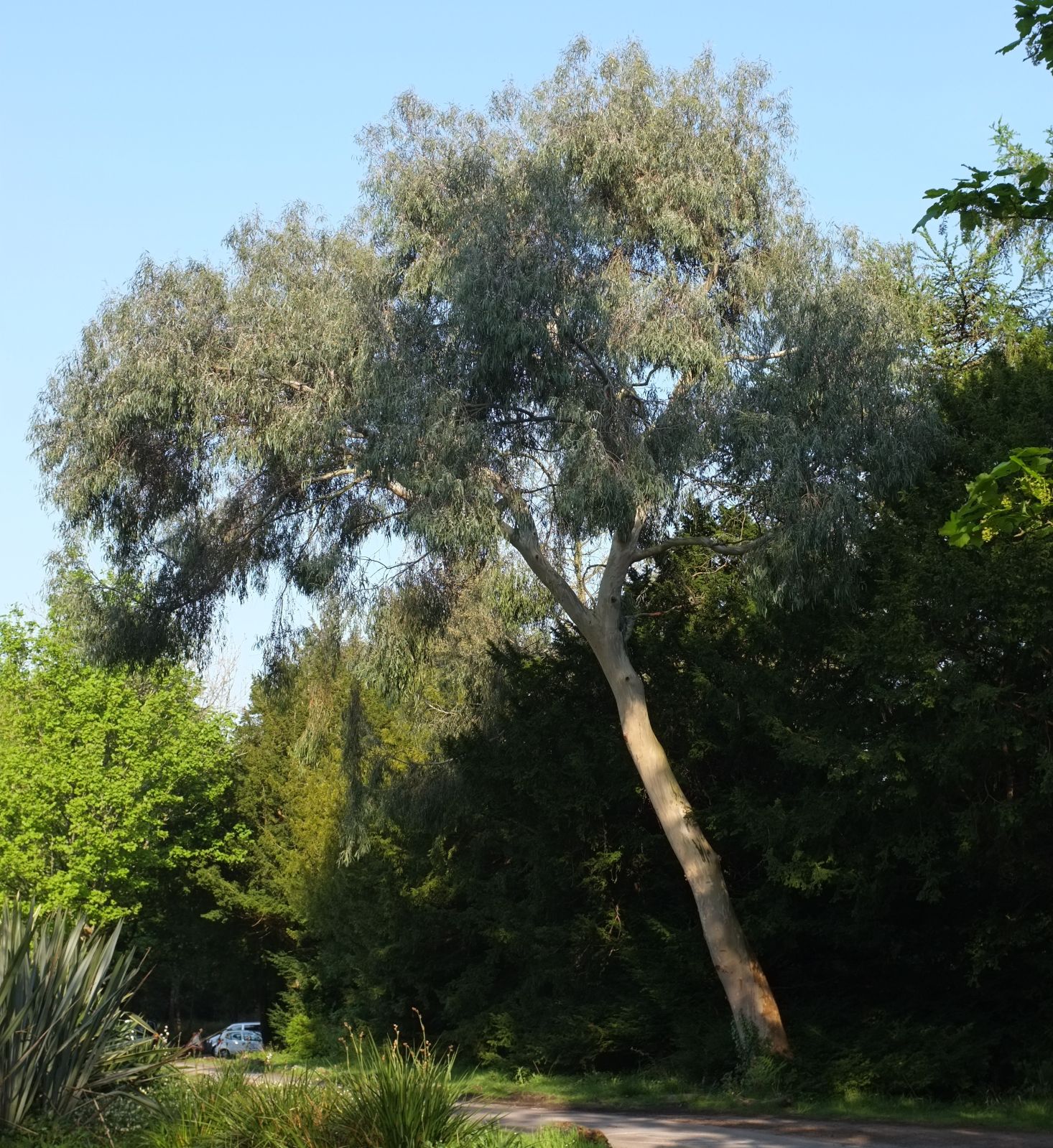Eucalyptus coccifera
Credits
Article from Bean's Trees and Shrubs Hardy in the British Isles
Recommended citation
'Eucalyptus coccifera' from the website Trees and Shrubs Online (treesandshrubsonline.
Genus
Common Names
- Mount Wellington Peppermint
- Tasmanian Snow Gum
Infraspecifics
Other taxa in genus
- Eucalyptus acaciiformis
- Eucalyptus albida
- Eucalyptus amygdalina
- Eucalyptus archeri
- Eucalyptus blakelyi
- Eucalyptus bridgesiana
- Eucalyptus brookeriana
- Eucalyptus camaldulensis
- Eucalyptus camphora
- Eucalyptus chapmaniana
- Eucalyptus cinerea
- Eucalyptus cordata
- Eucalyptus crenulata
- Eucalyptus cypellocarpa
- Eucalyptus dalrympleana
- Eucalyptus delegatensis
- Eucalyptus elliptica
- Eucalyptus fastigata
- Eucalyptus fraxinoides
- Eucalyptus globulus
- Eucalyptus gregsoniana
- Eucalyptus gunnii
- Eucalyptus johnstonii
- Eucalyptus kybeanensis
- Eucalyptus lacrimans
- Eucalyptus laophila
- Eucalyptus leucoxylon
- Eucalyptus macarthurii
- Eucalyptus macrorhyncha
- Eucalyptus mannifera
- Eucalyptus melliodora
- Eucalyptus mitchelliana
- Eucalyptus moorei
- Eucalyptus morrisbyi
- Eucalyptus neglecta
- Eucalyptus nicholii
- Eucalyptus nitens
- Eucalyptus nova-anglica
- Eucalyptus obliqua
- Eucalyptus oreades
- Eucalyptus ovata
- Eucalyptus parvula
- Eucalyptus pauciflora
- Eucalyptus praecox
- Eucalyptus radiata
- Eucalyptus regnans
- Eucalyptus remota
- Eucalyptus risdonii
- Eucalyptus rodwayi
- Eucalyptus rubida
- Eucalyptus saligna
- Eucalyptus sideroxylon
- Eucalyptus stellulata
- Eucalyptus subcrenulata
- Eucalyptus tenuiramis
- Eucalyptus urnigera
- Eucalyptus viminalis
A tree to 70 ft or over in favoured situations, but reduced to a shrub or small stunted tree at high altitudes; bark white when freshly exposed, darkening to grey, shed in longitudinal strips; twigs yellowish or red-brown, covered (in some forms) with a bluish bloom. Juvenile leaves opposite, stalkless, broadly elliptical to heart-shaped, 1 to 2 in. long and 3⁄5 to 13⁄5 in. wide, pale green or glaucous, thin in texture. Adult leaves alternate, stalked, lanceolate, 2 to 21⁄2 in. long and 2⁄5 to 4⁄5 in. wide, terminated by a fine, hooked point and varying in colour from green to glaucous; they smell of peppermint when crushed. Flowers in axillary umbels of four to seven (but only three in the form found in the Mt Wellington range); common-stalk angular in cross-section; buds stalkless or almost so, club-shaped, angled or ridged, operculum short, wrinkled; anthers reniform. Fruit funnel-shaped to hemispherical, often strongly two-ribbed; disk broad, valves small.
Native of Tasmania, where it is widespread in the mountains from 2,500 ft to the tree-line at about 4,500 ft; discovered by Gunn in 1840 and introduced to Britain in the same year. In its high-level stands this species has to withstand a quite severe climate, with 100 to 150 frosts a year and frequent snow. Seed from such stands yields hardy, bushy trees, but so far the taller forms from lower altitudes have not proved reliably hardy, the older specimens being nearly all in the milder parts.
At Inverewe on the coast of Ross-shire, now the property of the National Trust for Scotland, there are several trees planted by Osgood Mackenzie about seventy years ago and now standing at 75 to 80 ft; one has a girth of 91⁄2 ft at breast-height, where it forks into several stems; another with a clean bole is 73⁄4 ft in girth. In giving us these measurements, Mr G. E. Collins remarks that the only damage that can be recalled was severe browning of the leaves in the winter of 1961–2, probably due to an exceptionally salty gale rather than to frost. This species has recently been planted as a street tree at Ullapool, on the coast some fifty miles north of Inverewe. At Kinlock Hourn, Inverness-shire, there are several notable survivors from the collection made by Robert Birkbeck from about 1880 onwards, up to 90 ft high and 113⁄4 ft in girth. At Crarae, Argyll, the best specimen, pl. 1939, measures 51 × 31⁄2 ft (1969). In Devon there grew until recently at Powderham a tree believed to be from the original introduction. It measured 80 × 13 ft in 1907 and 85 × 201⁄2 ft in 1963, the year before its death. A tree at Holkham, Norfolk, measures 63 × 23⁄4 ft (1969).
From the Supplement (Vol. V)
specimens: Trewidden, Cornwall, 60 × 91⁄2 ft (1979); Crarae, Argyll, pl. 1939, 50 × 51⁄2 ft (1976); Leckmellen, W. Ross, 75 × 61⁄4 ft (1983); Kinloch Hourn, Inv., 80 × 71⁄2 ft and 75 × 133⁄4 ft (1978); Kilmacurragh, Co. Wicklow, Eire, 65 × 113⁄4 ft (1980).
[E. linearis] – An earlier name for this species is E. pulchella Desf. The tree at Mount Usher is 51 × 31⁄4 ft (1975).
[E. simmondsii] – This is now united with the earlier-named E. nitida Hook.f.
specimens: Edinburgh Botanic Garden, 1949 seed, 66 × 51⁄2 ft (1981); Kilmun Forest Garden, Argyll, pl. 1950, 84 × 51⁄4 ft and 88 × 41⁄4 ft (1978); Castlewellan, Co. Down, pl. 1960, 56 × 33⁄4 ft (1982).
[Eucalyptus coccifera] E linearis Dehnhardt
Common Names
White Peppermint
An elegant, slender tree to about 50 ft high with a smooth, white, deciduous bark. Juvenile leaves opposite for five to six pairs, similar to, but smaller than, the adult leaves, which are green or slightly glaucous, linear, 2 to 4 in. long but only {1/5} in. or so wide. Umbels with five to twelve flowers; buds club-shaped. Fruit varying from pear-shaped with a truncate base to ovoid or almost hemispherical. A native of Tasmania, found locally in the south-east and around Hobart, from 500 to 2,500 ft. It is definitely tender but is represented in Ireland by the following specimens: Rowallane, Co. Down, 45 × 6 ft, and Mount Usher, Co. Wicklow, Eire, 50 × 2{3/4} ft (both measured 1966). A most ornamental species, remarkable for its very narrow leaves.E. simmondsii Maiden Smithton Peppermint. – A tree to 65 ft high; bark on trunk persistent, dark grey and fibrous, but smooth and peeling on the branches. Juvenile leaves opposite, sessile or almost so, ovate to broadly lanceolate, pointed at the apex, dark green or glaucous and often with crimson margins and midrib. Adult leaves stalked, narrowly elliptic, to 6 in. long but less than 1 in. wide. Flowers seven to twenty-three in dense umbels; buds club-shaped. Fruit in dense, globose clusters which remain on the branches for several years. Native of W. Tasmania from sea-level to about 1,500 ft. There is an example of this species in the Edinburgh Botanic Garden raised from seed received in 1949; it measures 55 × 3 ft (1970). It is still growing quickly and very wind-firm. In other Scottish gardens too it is proving satisfactory.



